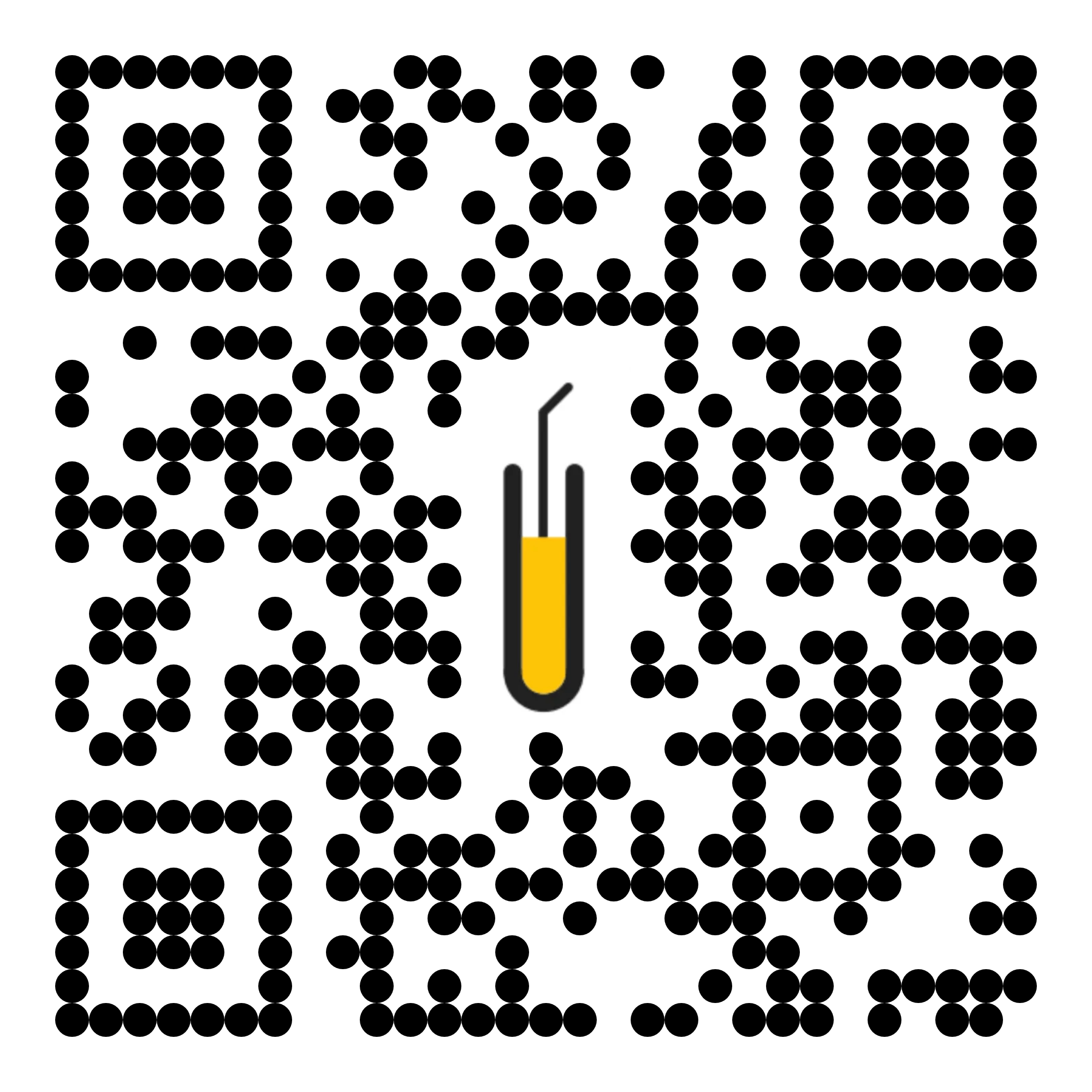Cautionary Advisory Labels (CALs) are applied in addition to the dispensed label at the point of dispensing. The colour and design are intended to draw the consumer’s attention to the important information on the label. They can help engage with patients or their carers about safe and effective use of medicines and have demonstrated benefit in reducing medicine errors and misadventure.1 Only 39% of people found it always easy to understand health information well enough to know what to do.2
Are CALs compulsory?
Appendix K of the Poisons Schedule lists medicines that by law require a warning about the potential for sedation (CAL#1).
Pharmacists who have dispensed these medicines without the appropriate warning CALs attached have been disciplined as a result of patient harm or misadventure, and may also have some legal liability. Non-legislated CALs (that is, the rest of them) are not compulsory, but are usually needed to meet pharmacists’ professional obligations to support safe and effective medicine use.
When do I use CALS?
 The Australian Pharmaceutical Formulary (APF)3 states that CALs are intended to be an adjunct to verbal counselling on medicine- related issues, and the National Standard for Labelling
The Australian Pharmaceutical Formulary (APF)3 states that CALs are intended to be an adjunct to verbal counselling on medicine- related issues, and the National Standard for Labelling  Dispensed Medicines4 recommends that where the information on a CAL forms an essential part of the dosing instructions for the medicine, this information should be included as a CAL.
Dispensed Medicines4 recommends that where the information on a CAL forms an essential part of the dosing instructions for the medicine, this information should be included as a CAL.
 CALs with information that may form an essential part of dosing instructions include:
CALs with information that may form an essential part of dosing instructions include:
 Swallow whole. Do not crush or chew
Swallow whole. Do not crush or chew- Take with or soon after food
- Take at least half an hour before food
 Take immediately before food
Take immediately before food- Shake well before each use.
 This does not include other CALs that reiterate critical counselling points to the patient – for instance, the risk of photosensitivity in malaria prophylaxis (CAL#8) or avoiding grapefruit in some statins (CAL#18).
This does not include other CALs that reiterate critical counselling points to the patient – for instance, the risk of photosensitivity in malaria prophylaxis (CAL#8) or avoiding grapefruit in some statins (CAL#18).
Can I type it on the label instead?
CALs that are essential dosing instructions should be included on the dispensing label; however, the addition of warnings may overcrowd the label and affect the patient’s ability to interpret the instructions. Wording variations are permitted provided the meaning is preserved.2 CALs that reiterate critical counselling points will nearly always cause overcrowding on dispensing labels and should be avoided.
The balance of information between CALs and label instructions is inexact. Consideration of patient age, health literacy, health needs and dosing regimen contribute to the decision on which CALs are appropriate, as will the available space on the dispensing label.
- Australian Government. Federal Register of Legislation. Poisons Standard February 2022.
- Australian Bureau of Statistics. National health survey: health literacy. 2019.
- Pharmaceutical Society of Australia. Australian Pharmaceutical Formulary (APF) 25.
- Australian Commission on Safety and Quality in Health Care. National standard for labelling dispensed medicines. 2021.
















